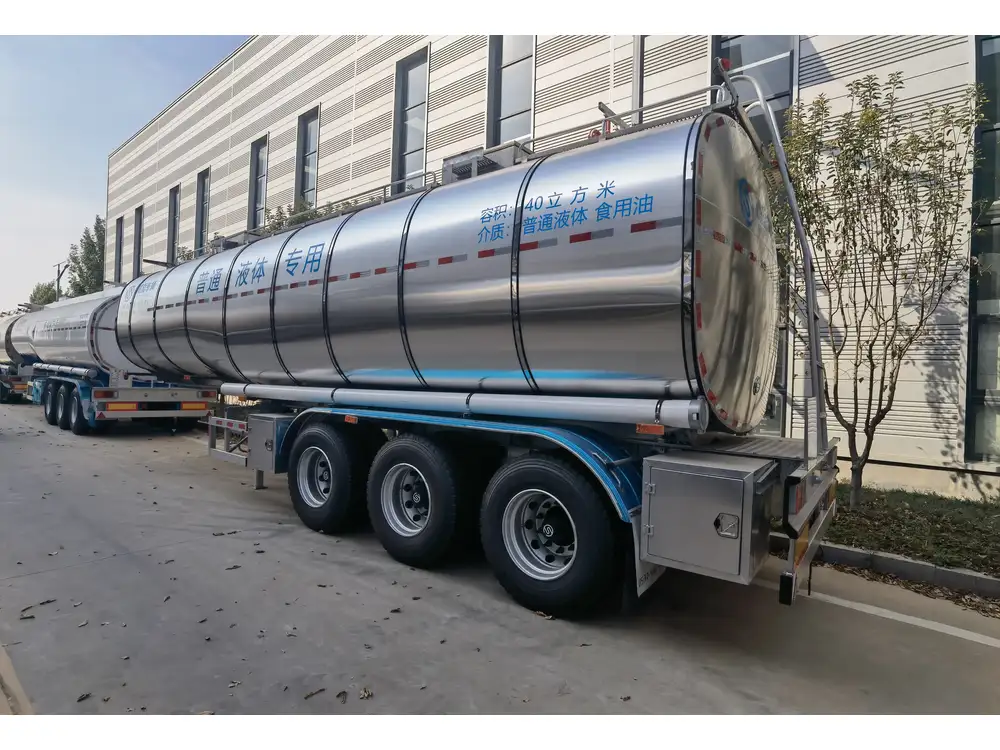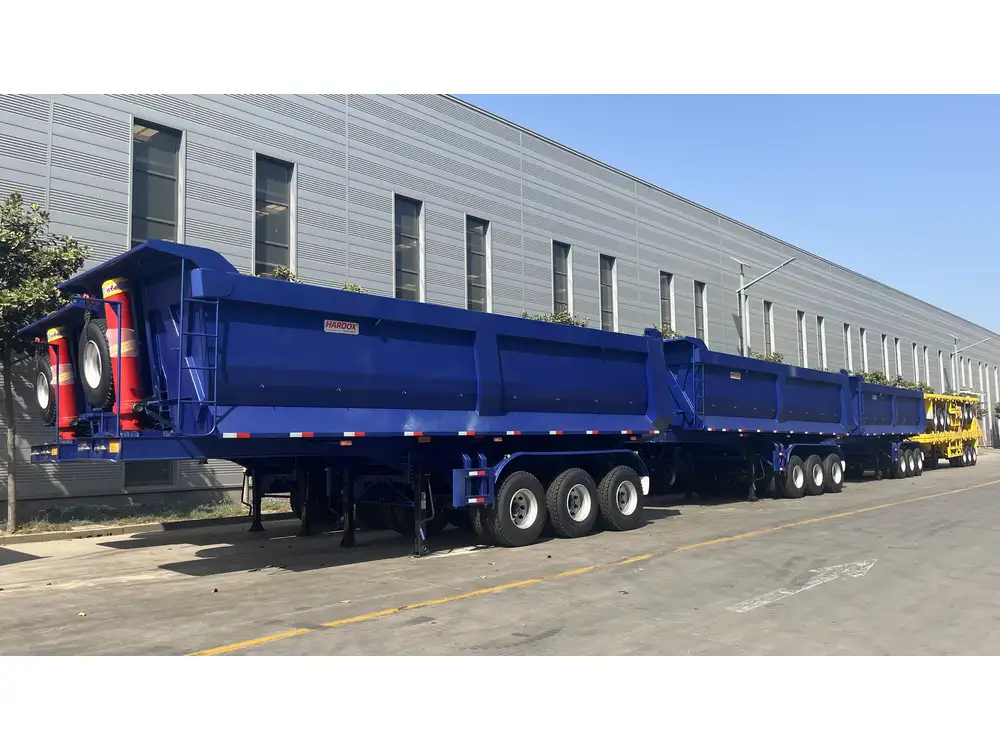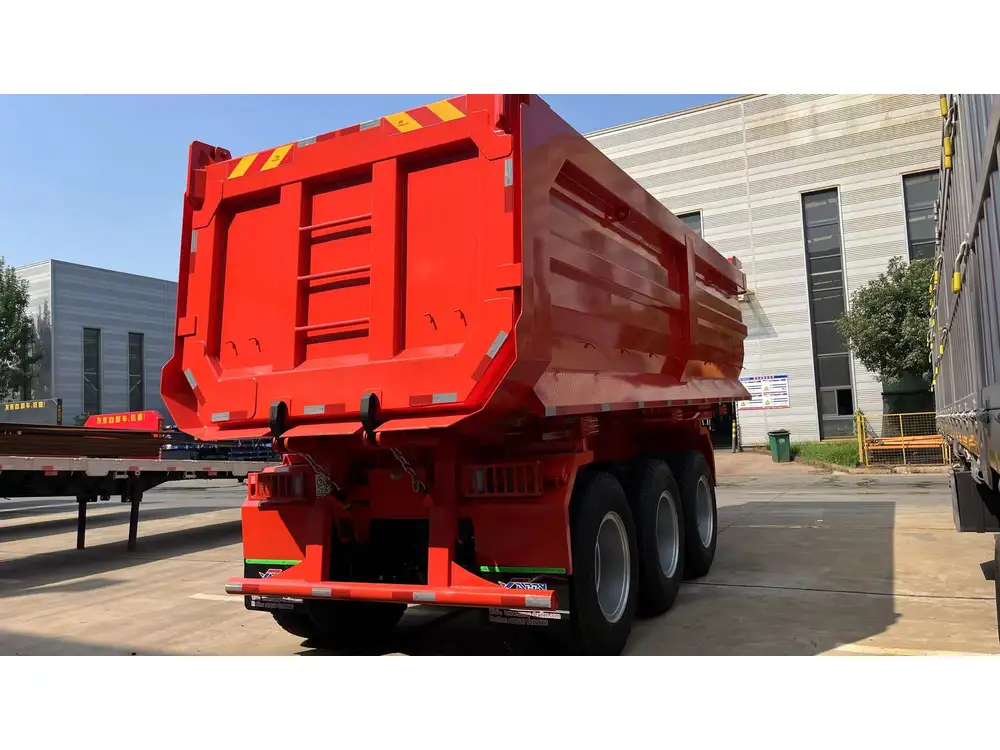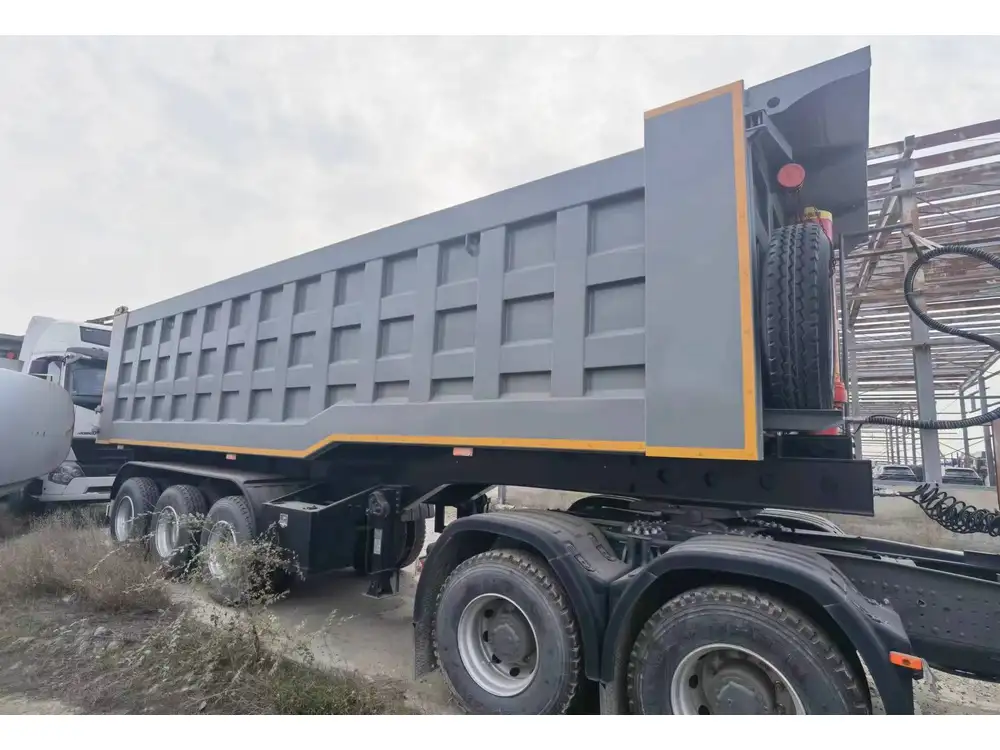Mounting a gray water tank under a trailer is an essential process not only for RV enthusiasts but also for those involved in custom trailer builds and modifications. Doing this correctly ensures that waste is properly managed and helps maintain the hygiene and functionality of the living space. Below, we provide you with a detailed, step-by-step guide on how to mount a gray water tank under your trailer, alongside vital considerations and tips for optimal results.
Understanding the Gray Water Tank
Before diving into the installation process, it’s crucial to grasp what a gray water tank is and its importance. Gray water refers to wastewater generated from sinks, showers, and washing machines, excluding toilet waste. Mounting a gray water tank aids in effective waste management, reduces the environmental footprint, and provides convenience during trips.
Key Benefits of Installing a Gray Water Tank:
| Benefit | Description |
|---|---|
| Hygiene | Keeps living areas clean by managing waste away from living spaces. |
| Environmental Consideration | Prevents contamination of local water sources and ecosystems. |
| Convenience | Allows for extended time without needing to find dump stations. |
| Regulation Compliance | Often required by local regulations for RV and trailer use. |

Essential Tools and Materials
To install a gray water tank successfully, you’ll need various tools and materials. Having these on hand before beginning will streamline the process and ensure nothing interrupts your workflow.
Tools Required:
- Drill and Drill Bits: Needed for creating holes for mounting.
- Socket Wrench Set: For securing bolts and nuts.
- Pliers: Essential for tightening clamps.
- Saw (if necessary): To make adjustments to mounting brackets or spaces.
- Measuring Tape: For precise measurements of placement.
- Level: To ensure correct tank positioning.
Materials Needed:
- Gray Water Tank: Ensure the tank is the correct size for your trailer.
- Mounting Brackets: Sturdy enough to support the tank’s weight when full.
- Bolts, Nuts, and Washers: For secure mounting.
- Sealant or Gasket Material: To prevent leaks at the fittings.
- Hoses for Drainage: To connect your gray water system to the tank.

Step-by-Step Guide to Mounting a Gray Water Tank
With the tools and materials at your disposal, you’re ready to begin the installation. Follow this step-by-step guide to mount a gray water tank under your trailer effectively.
Step 1: Select the Right Location
Choosing the appropriate location for your gray water tank is vital. The selected space should be easily accessible, ideally underneath the trailer, while also ensuring that the tank can hold the weight of a full load of gray water. Keep in mind the following factors:
- Support Structure: Ensure the frame can support the tank’s weight.
- Clearance: Verify that there’s enough space for drainage and defenses against road debris.
- Accessibility: Consider how easy it will be to empty the tank later.
Step 2: Measure and Mark
Once a location is chosen, measure the dimensions of the gray water tank, and mark where the mounting brackets will be positioned. Accuracy is key to ensuring that the tank does not interfere with any other components of the trailer.

Step 3: Prepare the Mounting Brackets
Depending on your trailer’s frame design, you may need to modify the mounting brackets. Use the saw to cut them down if necessary, ensuring they fit securely under the trailer.
Step 4: Drill Holes for Mounting
Use the drill to create holes in the trailer’s frame where you’ve marked your brackets’ locations. Be cautious to avoid any electrical or plumbing lines hidden behind the frame.
Step 5: Secure the Tank
Position the Tank: Lift the gray water tank into place. It may require additional hands for this step.
Attach Mounting Brackets: Securely attach the brackets to the frame of the trailer using bolts, nuts, and washers. Ensure that everything is level and aligned.
Check Stability: Once the tank is mounted, give it a gentle shake to confirm it is secure.

Step 6: Install Drainage Hoses
- Connect the drainage hoses from the outlets of your sinks and showers to the inlet of the gray water tank.
- Use sealant on all joints to prevent leaks.
Step 7: Create Ventilation (if applicable)
Depending on local regulations and your specific tank model, it may be necessary to install a venting system for the tank. Check the manufacturer’s recommendations for whether this step is needed.
Step 8: Conduct a Leak Test
Before you hit the road, conduct a leak test. Fill the tank partially with water and check all connections for leaks. If any are found, re-tighten connections or apply additional sealant.

Step 9: Clean Up
Once everything is secure and leak-proof, clean up the workspace. Properly dispose of any debris or unused materials, leaving no trace of your installation process.
Step 10: Regular Maintenance
To maintain your gray water tank’s efficiency, regularly inspect connections, hoses, and the tank itself for wear and tear. Clean out the tank periodically to prevent any buildup or odors.
Troubleshooting Common Issues
During installation or usage, you may encounter common problems related to gray water tanks. Here’s a structured approach to troubleshoot these issues:

Issue 1: Leaking Connections
- Potential Cause: Loose fittings or improper sealant application.
- Solution: Tighten all fittings and reapply sealant where necessary.
Issue 2: Slow Drainage
- Potential Cause: Clogs in drainage hoses.
- Solution: Use a plumbing snake to clear any blockages.
Issue 3: Odors from Gray Water Tank
- Potential Cause: Bacteria buildup or stagnant water.
- Solution: Clean the tank and ensure it’s emptied regularly.

Issue 4: Improper Ventilation
- Potential Cause: Insufficient venting leading to pressure buildup.
- Solution: Install a vent or check existing venting for blockages.
FAQs
How often should I empty my gray water tank?
The frequency of emptying your gray water tank can vary based on your usage. It’s best to monitor the tank level and empty it when it reaches around two-thirds full to avoid overflow.

Can I install a gray water tank myself?
Yes, if you possess basic mechanical skills, you can install a gray water tank yourself. Just follow the guidelines carefully.
What should I do if my gray water tank freezes?
If your gray water tank freezes, the best course of action is to gradually warm it to thaw the contents. Avoid using excessive heat, as rapid temperature changes can cause damage to the tank.
Are there local regulations regarding gray water disposal?
Yes, it’s essential to check local regulations as some areas may have specific rules regarding gray water disposal and tank usage.

Conclusion
Mounting a gray water tank under a trailer might seem daunting, but by following the meticulous steps outlined above, you can ensure a successful installation. A well-installed gray water tank not only optimizes your trailer’s functionality but also enhances your overall travel experience. Taking the time to understand the process, conduct proper maintenance, and troubleshoot common issues will lead to long-term satisfaction and functionality in your trailer’s waste management system.
Engaging with proper methods and adhering to safety standards will enable you to enjoy hassle-free trips while contributing positively to environmental conservation. Happy travels!



